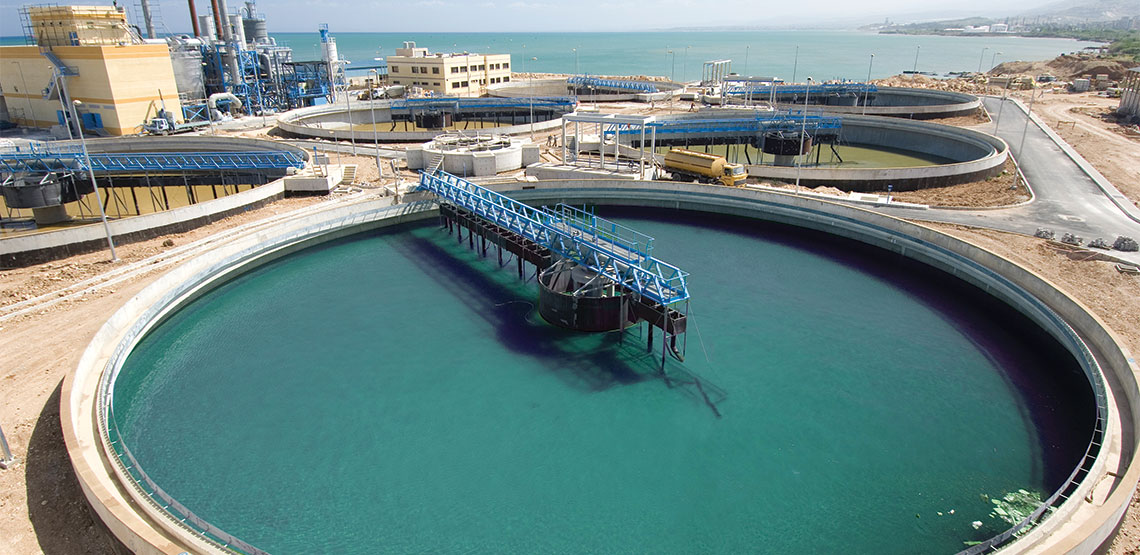MVRS -> HIGH CONCRATION SYSTEM
How to reduce MEE / Incineration / Spray-drying volume & cost by MVRS (MEE Volume Reduction System) ?
To overcome handling of MEE / Incineration / Spray-drying (Thermal Evaporation)
problem, We M/s Asiatic Engineers, Ahmedabad has come with MVRS (MEE Volume
Reduction System) which is Novel & Patented to reduce MEE / Incineration /
Spray-drying (Thermal Evaporation) Volume Reduction up to 50%** to save huge cost
over CAPEX & OPEX on such thermal evaporation.
To overcome handling of MEE / Incineration / Spray-drying (Thermal Evaporation)
problem, We M/s Asiatic Engineers, Ahmedabad has come with MVRS (MEE Volume
Reduction System) which is Novel & Patented to reduce MEE / Incineration /
Spray-drying (Thermal Evaporation) Volume Reduction up to 50%** to save huge cost
over CAPEX & OPEX on such thermal evaporation.
The Flow rate of ATM 2H Is about 15 liters / Minute which is 900 liter per hour
which means if you operate MVRS Tower for 24 hrs/day then you will get approximately
20,000 Liters in 24 hrs. Evaporation efficiency changes throughout the day as the
sun heats the air, the efficiency at night is not good because the air is more dense
and if the air is more dense then you have less the air can absorb, so your flow
rate has adjust according to atmospheric conditions.
High TDS (salt) effect on MVRS evaporation ?
RO Reject water has High TDS (salt) then will have less efficiency in the MVRS Evaporation Tower. MVRS evaporation efficiency governs how much salt present in the RO Reject liquid and remaining salt water in the MVRS tower goes to the sump at the bottom of the MVRS Tower to hold the liquid coming from the RO Reject Collection tank. If we are not heating the air, it may effect on evaporation flow when air is more dense / cloudy weather. Evaporation flow also reduced during the evening or night time hours due to temperature changes in the atmosphere.
What is Zero Liquid Discharge for MVRS ?

Compliance of ‘Zero Liquid Discharge’ requirement, in which, the industry is not
supposed to discharge any effluent outside its premises is really a very tough
requirement from the techno-economic and sustainability and maintenance viewpoints.
From daily operations, industries generate large quantity of effluents ranging from
1000 liters/hr to 100,000 liters/hr depending upon the quantum of the goods
processed. Sustained, genuine and techno-economically viable ‘Zero Discharge’
compliance for many industries is extremely difficult, if they have to adopt any of
the conventional treatment for elimination of waste water such as;
- Incineration,
- Multiple Effect Evaporation,
- Solar Evaporation,
- Spray Drying and so on.
Handling of MEE / Incineration / Spray-drying (Thermal Evaporation) has become very costly and it require huge maintenance cost & labor force to run and resultant degradation of their efficiency, therefor it’s an ever-increasing problem of industries in many parts of the India and around the world.
